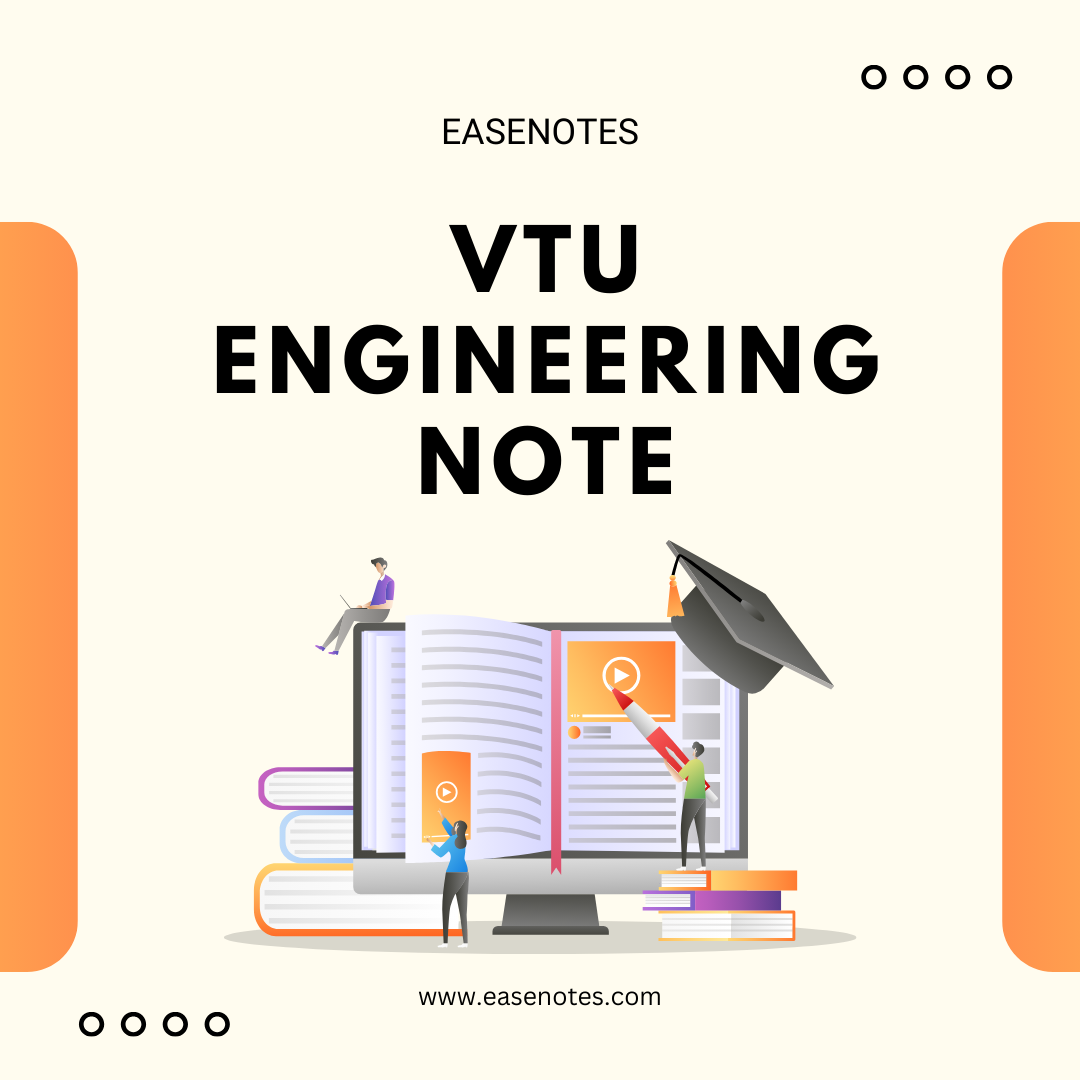- contact@easenotes.com
- Phone: (+91) 9964716807

BESCK104C/204C-Introduction To Electronics & Communication VTU University notes on 1st SEM 1st SEM & 2nd SEM physics/Chemistry Cycle notes 2022 scheme notes 2024 VTU University BESCK104C/204C notes, study materials notes, and previous year question paper on easenotes 2024
Introduction To Electronics & Communication VTU University 1st SEM 1st SEM & 2nd SEM physics/Chemistry Cycle notes, We are offering the best quality online 1st SEM 1st SEM & 2nd SEM physics/Chemistry Cycle VTU University notes to help you learn, and have a better knowledge and also we are offering 2022 scheme Notes, study materials, question paper

Power Supplies –Block diagram, Half-wave rectifier, Full-waverectifiers and filters, Voltage regulators, Output resistanceand voltage regulation, Voltage multipliers. Amplifiers – Types of amplifiers, Gain, Input and output resistance, Frequency response, Bandwidth, Phase shift, Negativefeedback, multi-stage amplifiers (Text 1)
Oscillators – Barkhausen criterion, sinusoidal and non-sinusoidal oscillators, Ladder network oscillator, Wein bridge oscillator, Multivibrators, Single-stage astable oscillator, Crystal controlled oscillators (Only Concepts, working, and waveforms. No mathematical derivations) Operational amplifiers -Operational amplifier parameters, Operational amplifier characteristics, Operational amplifier configurations, Operational amplifier circuits. Text 1)
Boolean Algebra and Logic Circuits: Binary numbers, Number Base Conversion, octal & Hexa Decimal Numbers, Complements, Basic definitions, Axiomatic Definition of Boolean Algebra, Basic Theorems and Properties of Boolean Algebra, Boolean Functions, Canonical and Standard Forms, Other Logic Operations, Digital Logic Gates (Text 2: 1.2, 1.3, 1.4, 1.5,2.1, 2.2, 2.3, 2.4, 2.5, 2.6, 2.7) Combinational logic: Introduction, Design procedure, Adders- Half adder, Full adder (Text 2:4.1, 4.2, 4.3)
Embedded Systems – Definition, Embedded systems vs general computing systems, Classification of Embedded Systems, Major application areas of Embedded Systems, Elements of an Embedded System, Core of the Embedded System, Microprocessor vs Microcontroller, RISC vs CISC Sensors and Interfacing – Instrumentation and control systems, Transducers, Sensors, Actuators, LED, 7-Segment LED Display. (Text 3)
Analog Communication Schemes – Modern communication system scheme, Information source, andinput transducer, Transmitter, Channel or Medium – Hardwired and Soft wired, Noise, Receiver, Multiplexing, Types of communication systems.Types of modulation (only concepts) – AM , FM, Concept of Radio wave propagation (Ground, space, sky) Digital Modulation Schemes: Advantages of digital communication over analog communication, ASK, FSK, PSK, Radio signal transmission Multiple access techniques. ( Text 4)